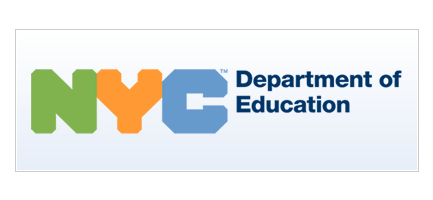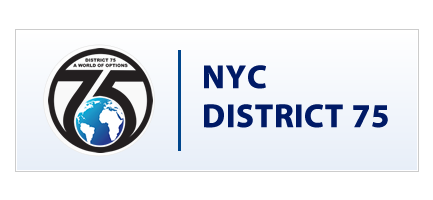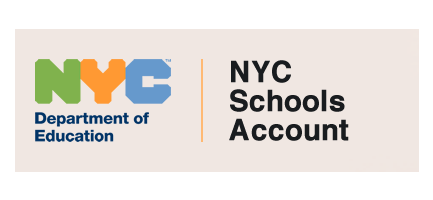Description of Our Student Population

![]()
Description of Our Student Population
Educational programs are provided in the different sites for children and adolescents according to the special education continuum. Students are referred to a specific class ratio by the Committee on Special Education.
Special Class Staffing Ratio 12:1:1
- No more than twelve (12) students per class
- One full-time special education teacher
- One full-time paraprofessional
Serves students whose academic and/or behavioral management needs interfere with the instructional process, to the extent that additional adult support is needed to engage in learning and who require specialized/specially designed instruction which can best be accomplished in a self-contained setting.
Special Class Staffing Ratio 8:1:1
- No more than eight (8) students per class
- One full-time special education teacher
- One full-time paraprofessional
Serves students whose management needs are severe and chronic requiring intensive constant supervision, a significant degree of individualized attention, intervention and intensive behavior management as well as additional adult support
Special Class Staffing Ratio 6:1:1
- No more than six (6) students per class
- One full-time special education teacher
- One full-time paraprofessional
Serves students with very high needs in most or all need areas, including academic, social and/or interpersonal development, physical development and management. Student's behavior is characterized as aggressive, self-abusive or extremely withdrawn and with severe difficulties in the acquisition and generalization of language and social skill development. These students require very intense structured individual programming, continual adult supervision, (usually) a specific behavior management program, and individual strategies to encourage students to engage in all tasks. The students also need a program of speech/language therapy (which may include augmentative/alternative communication).
Inclusion and Pre-K.
Serves students with severe and multiple disabilities with limited language, academic and independent functioning. These students require a program primarily of habilitation and treatment, including training in daily living skills and the development of communication skills, sensory stimulation and therapeutic interventions.







